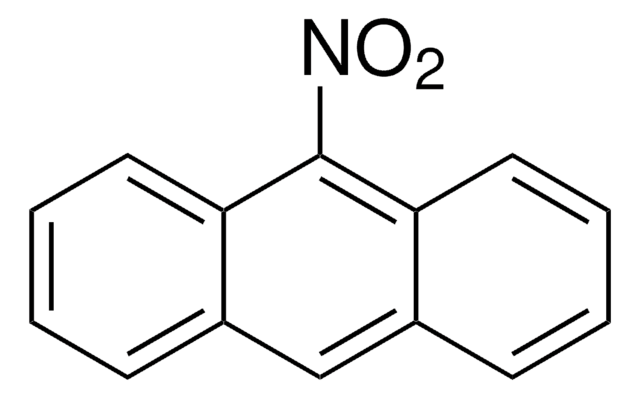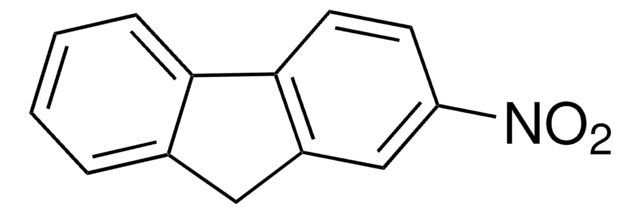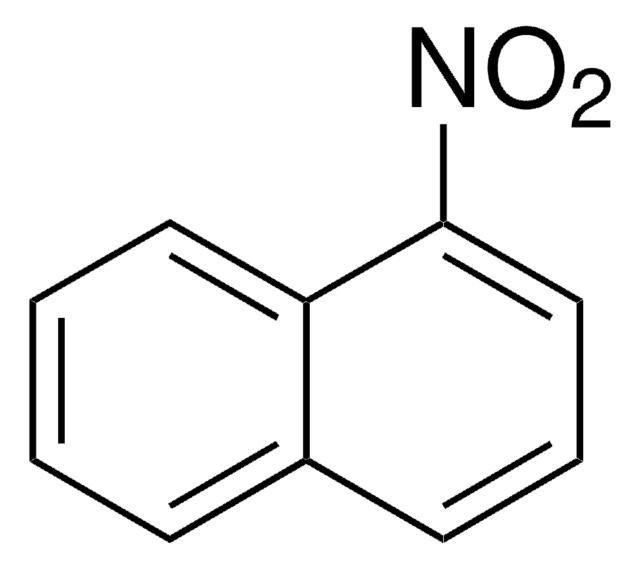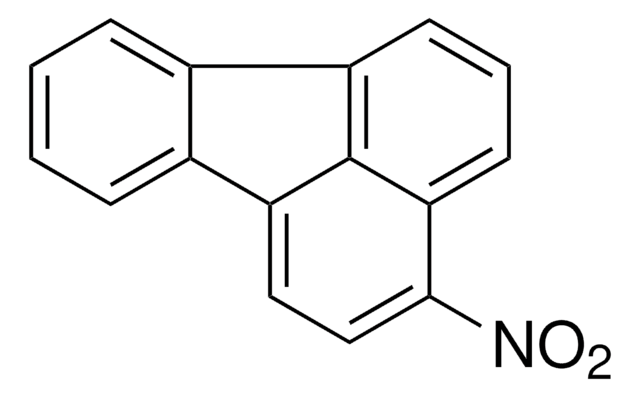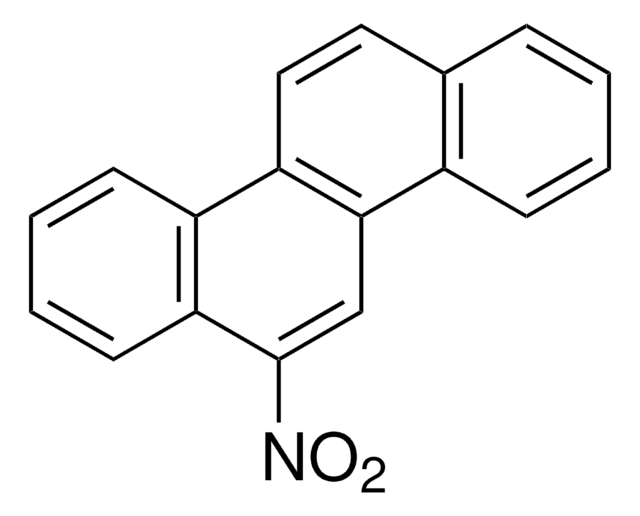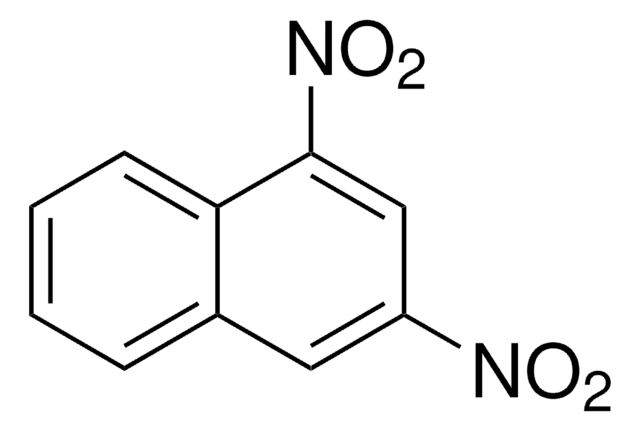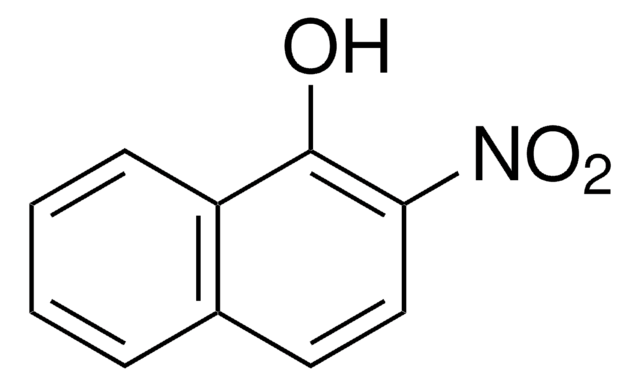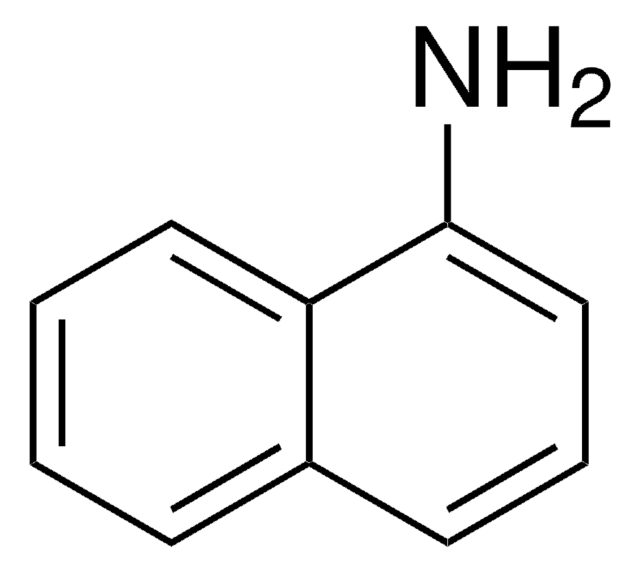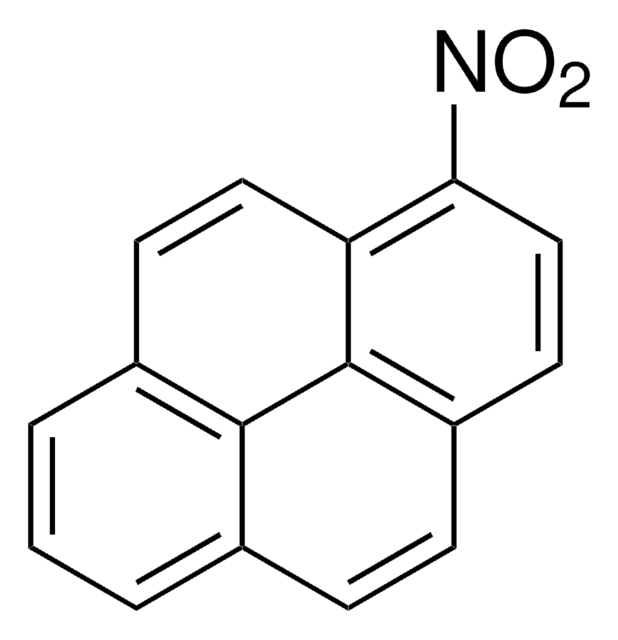About This Item
Recommended Products
Quality Level
assay
99%
form
solid
bp
304 °C (lit.)
mp
53-57 °C (lit.)
solubility
H2O: insoluble
alcohol: soluble
carbon disulfide: freely soluble
chloroform: soluble
diethyl ether: freely soluble
density
1.223 g/mL at 25 °C (lit.)
SMILES string
[O-][N+](=O)c1cccc2ccccc12
InChI
1S/C10H7NO2/c12-11(13)10-7-3-5-8-4-1-2-6-9(8)10/h1-7H
InChI key
RJKGJBPXVHTNJL-UHFFFAOYSA-N
Looking for similar products? Visit Product Comparison Guide
General description
Application
Biochem/physiol Actions
signalword
Warning
hcodes
Hazard Classifications
Acute Tox. 4 Oral - Aquatic Chronic 2 - Flam. Sol. 2
Storage Class
4.1B - Flammable solid hazardous materials
wgk_germany
WGK 2
flash_point_f
Not applicable
flash_point_c
Not applicable
ppe
Eyeshields, Faceshields, Gloves, type P3 (EN 143) respirator cartridges
Choose from one of the most recent versions:
Already Own This Product?
Find documentation for the products that you have recently purchased in the Document Library.
Customers Also Viewed
Our team of scientists has experience in all areas of research including Life Science, Material Science, Chemical Synthesis, Chromatography, Analytical and many others.
Contact Technical Service